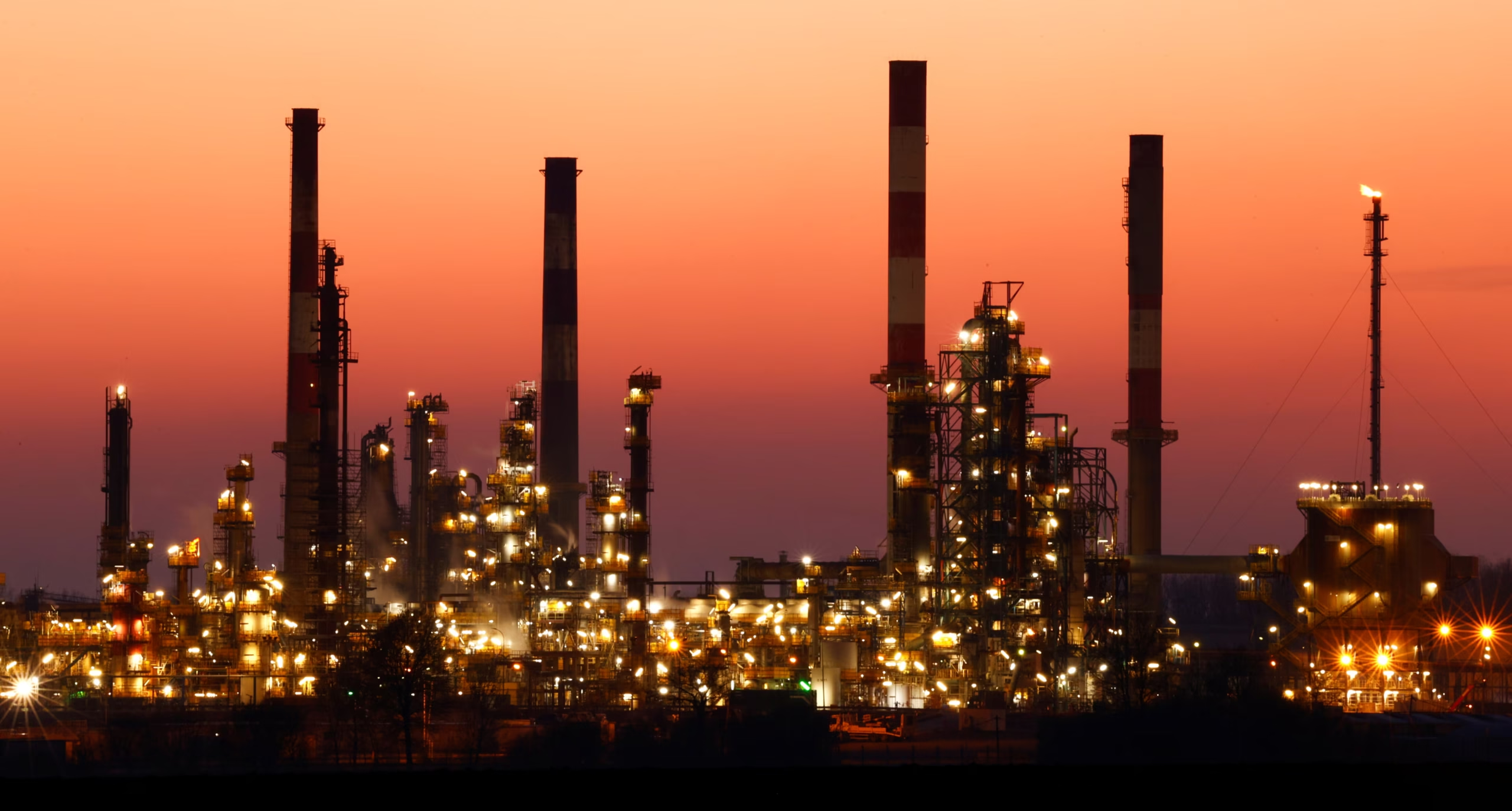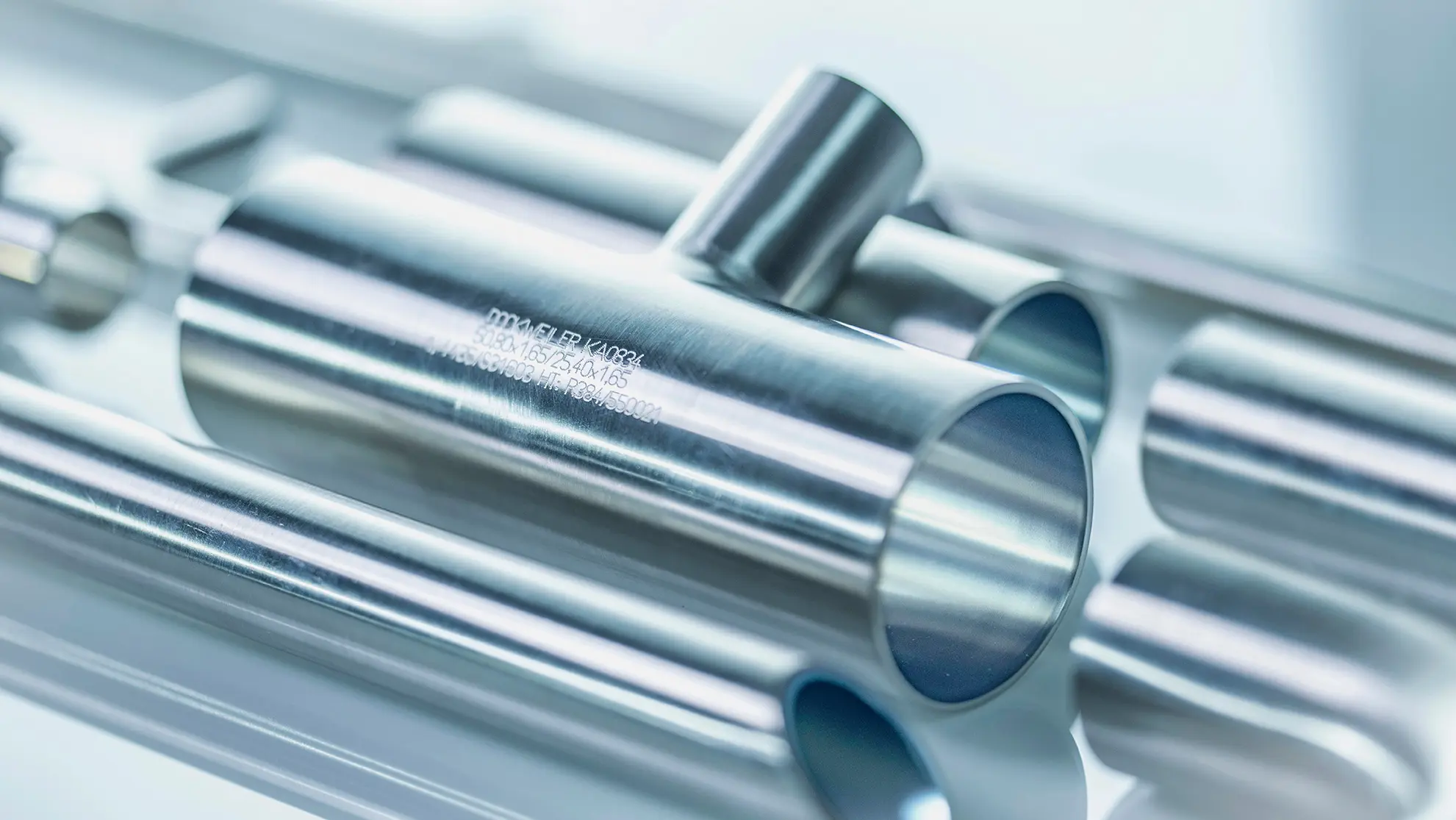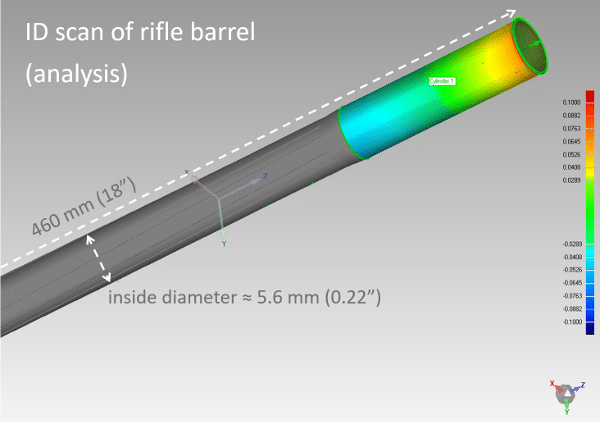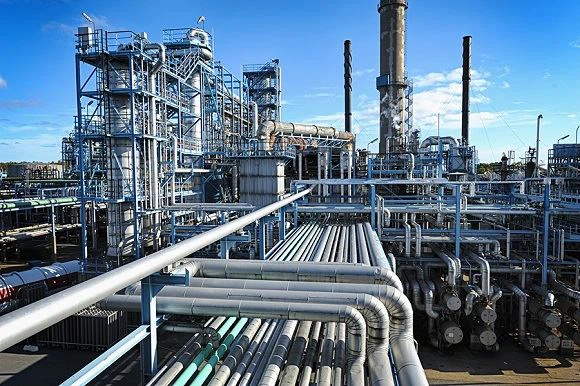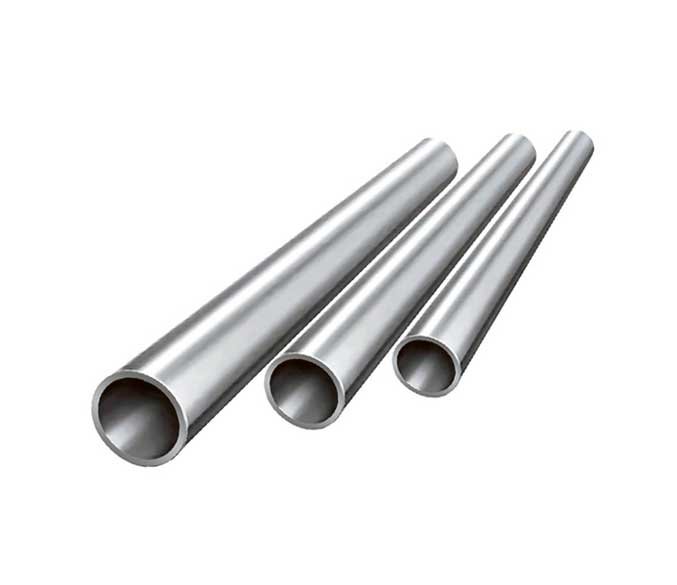A Double Pipe Heat Exchanger, also known as a double tube heat exchanger, is one of the simplest yet most effective types of heat exchangers for small to medium heat transfer needs. It consists of two concentric pipes—one inside the other—allowing two fluids to exchange heat without mixing.
This blog will explore the design, working principle, advantages, limitations, and applications of double pipe heat exchangers, while also helping you decide when it’s the best option for your system.
What Is a Double Pipe Heat Exchanger?
A double pipe heat exchanger features two pipes:
- The inner pipe carries one fluid.
- The annular space between the outer and inner pipes carries a second fluid.
Heat is transferred from the hotter fluid to the cooler one through the wall of the inner pipe.
Types of Flow:
- Counterflow (preferred): Fluids flow in opposite directions, maximizing heat transfer efficiency.
- Parallel flow: Both fluids move in the same direction, simpler but less efficient.

Design Features
- Materials: Commonly made from stainless steel, carbon steel, or copper. DLSS provides seamless stainless steel tubes for industrial-grade heat exchangers.
- Length: Modular design allows easy expansion by connecting multiple sections.
- Pressure Rating: Suited for low to moderate pressures.
- Cleaning: Easy to disassemble and maintain.
Advantages of Double Pipe Heat Exchangers
- Simple design and easy installation
- Effective for small flow rates and large temperature differences
- Low initial investment
- Ideal for pilot plants or batch operations
- Flexible for custom lengths and layouts
For industries that require small-capacity but highly controllable thermal systems, a double pipe heat exchanger is often the most cost-effective solution.
Limitations to Consider
- Larger footprint per unit of heat transfer area compared to shell-and-tube
- Not ideal for large-scale or high-flow applications
- Less efficient in parallel flow configuration
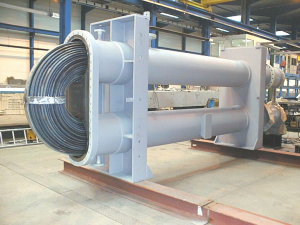
Industrial Applications
Double pipe heat exchangers are commonly used in:
- Oil and gas skids
- Small-scale chemical reactors
- Pharmaceutical production units
- Food processing systems
- Water-to-water or steam-to-liquid heating systems
They are often selected when precise thermal control is needed with a limited volume of fluid.
Why Choose DLSS Double Pipe Heat Exchanger Tubes?
At DLSS, we manufacture high-quality seamless stainless steel tubes specifically designed for heat exchanger applications, including:
- TP304, TP316L, 2205 Duplex
- Smooth inner bore for efficient heat transfer
- Oil-coated or pickled finish for corrosion resistance
- Custom lengths and tight dimensional tolerances
We offer materials that meet ASTM A213, A269, and EN 10216-5 standards, ensuring consistent quality and performance.

Explore our heat exchanger tubing solutions:
www.dlsspipeline.com
info@dlsspipe.com
Frequently Asked Questions (FAQ)
Q1: When should I choose a double pipe heat exchanger over shell-and-tube?
A: When your application involves small flow rates, high temperature differences, and needs simple maintenance.
Q2: What is the typical pressure rating of a double pipe exchanger?
A: It varies by design, but most operate under 10–30 bar. Contact DLSS for custom configurations.
Q3: Can double pipe exchangers handle corrosive fluids?
A: Yes, with the right materials. DLSS offers duplex and 316L stainless steel options for corrosive environments.
Conclusion
The Double Pipe Heat Exchanger remains a trusted solution for industries requiring compact, reliable, and easy-to-maintain thermal systems. Its straightforward design, paired with high-performance tubing from DLSS, ensures durability and efficiency.
Looking for stainless steel tubes for your next double pipe heat exchanger project?
Visit www.dlsspipeline.com or reach out to info@dlsspipe.com to request a quote today.



